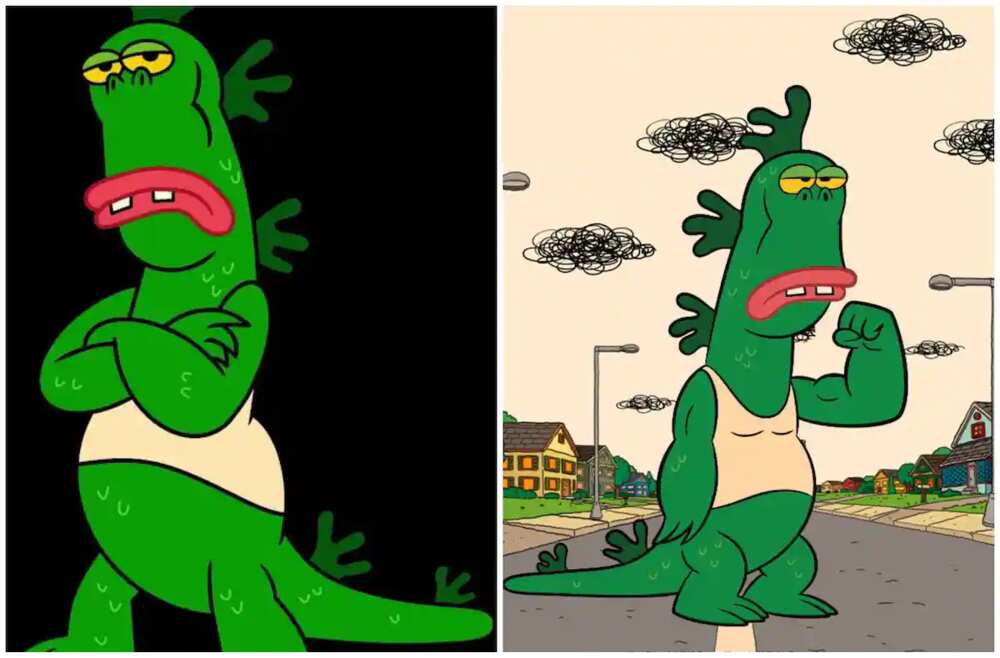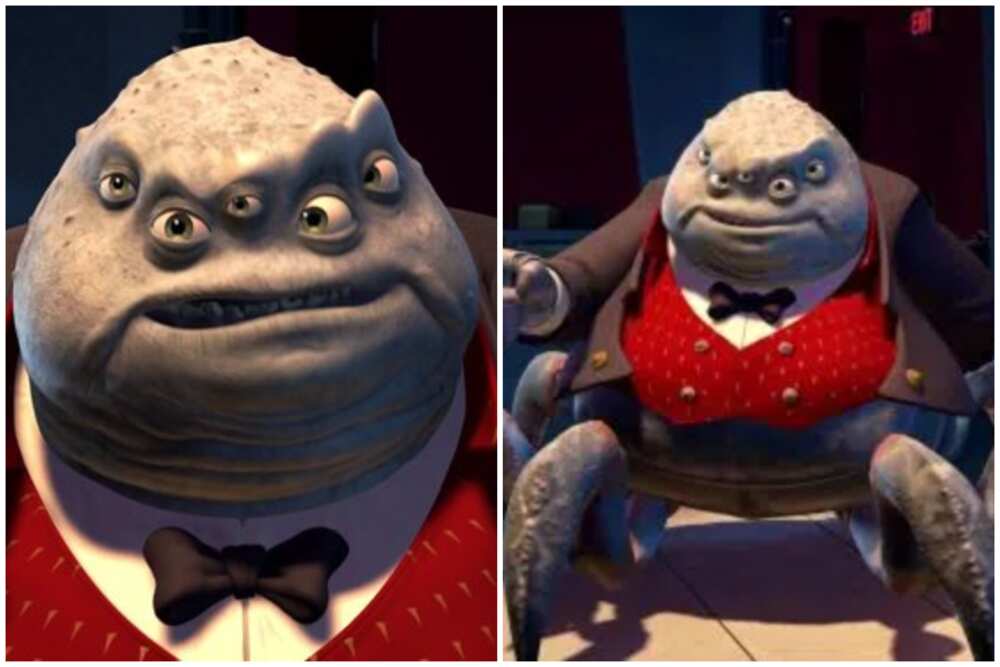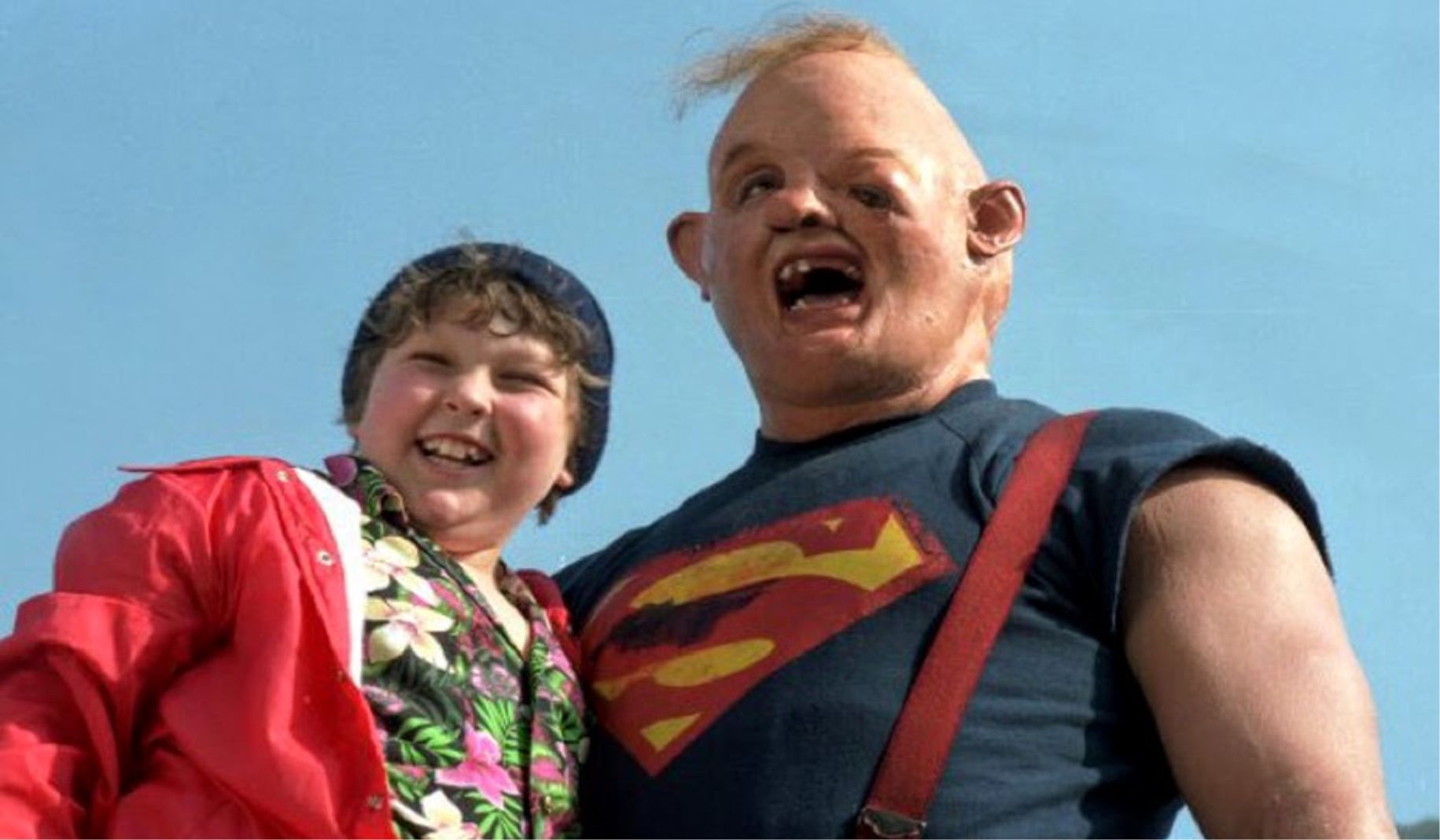Hey there, buddy! Ever found yourself scrolling through movies, shows, or even comic books, and stumbled upon blonde characters labeled as "ugly"? Yeah, we’ve all been there. It’s like society loves to slap on stereotypes wherever it can fit them, right? But let’s talk about something real here. Blonde ugly characters are more than just their hair color or the labels society throws at them. They carry depth, personality, and, believe it or not, charisma. So buckle up because we’re diving deep into this world of misunderstood blondes, and trust me, it’s going to be a fun ride.
Now, before we dive headfirst, let’s get one thing straight. The term "blonde ugly characters" might sound harsh, but it’s not about bashing anyone. Instead, it’s about redefining beauty, challenging stereotypes, and celebrating diversity in storytelling. Whether it’s a quirky sidekick, a misunderstood villain, or a character who grows on you over time, these characters deserve a closer look. And that’s exactly what we’re here to do.
So, why does this matter? Well, think about it. In a world obsessed with aesthetics, it’s easy to overlook the charm, wit, and depth of characters who don’t fit the traditional mold. Blonde ugly characters aren’t just background noise—they’re often the ones who drive the story forward, offer comic relief, or serve as a moral compass. So, let’s give them the credit they deserve, shall we?
What Makes Blonde Ugly Characters Unique?
You might be wondering, what’s so special about blonde ugly characters anyway? Well, my friend, it’s all about perception. In media, blondes are often stereotyped as either the ditzy blonde or the perfect beauty. But what about those who don’t fit neatly into these boxes? That’s where the magic happens. These characters break the mold, and that’s what makes them stand out.
Personality Over Looks
One of the coolest things about blonde ugly characters is how their personality shines through. Sure, they might not be conventionally attractive, but they’ve got charisma coming out of their ears. Think about characters like Penny from "The Rocky Horror Picture Show" or Ursula from Disney’s "The Little Mermaid." They’re not your typical beauties, but they’re unforgettable because of their quirks, humor, and depth.
Blonde Ugly Characters in Pop Culture
Pop culture is full of examples of blonde ugly characters who’ve left a lasting impact. From movies to TV shows, these characters have become fan favorites for all the right reasons. Let’s take a closer look at some of the most iconic ones:
Ursula: The Blonde Sea Witch
Disney’s Ursula is a classic example of a blonde ugly character who steals the show. With her bold fashion sense, commanding presence, and wicked sense of humor, Ursula is anything but plain. She’s a villain, but audiences can’t help but love her. And let’s not forget her iconic song, "Poor Unfortunate Souls." Talk about leaving a mark!
Pennywise: The Clown Who Defies Stereotypes
Now, here’s a blonde ugly character who’s downright terrifying. Pennywise from Stephen King’s "It" is a clown with blonde hair and a sinister smile. He’s everything you’d expect from a horror character, but his blonde hair adds a layer of unpredictability. It’s a reminder that beauty—or ugliness—can be subjective, especially when it comes to villains.
Why Do We Label Characters?
Labeling characters as "blonde ugly" is something we’ve been doing for years. But why? Is it because we’re conditioned to associate certain traits with specific hair colors? Or is it a way to create contrast in storytelling? Whatever the reason, it’s time to rethink these labels. Characters are more than just their physical appearance, and it’s about time we started seeing them that way.
The Impact of Labels on Storytelling
Labels like "blonde ugly" can have a significant impact on storytelling. They shape how audiences perceive characters and influence how writers develop them. When a character is labeled as ugly, it often leads to them being given more depth or complexity to make up for their lack of conventional beauty. And that’s not a bad thing—it’s just something to be aware of.
Breaking Stereotypes: The Rise of Unconventional Beauty
Thankfully, the world of storytelling is evolving. We’re seeing more and more characters who defy stereotypes and embrace their uniqueness. Blonde ugly characters are at the forefront of this movement, proving that beauty comes in all shapes, sizes, and hair colors.
Real-Life Inspirations
Sometimes, the best way to break stereotypes is to draw inspiration from real life. Think about celebrities like Kristen Wiig or Melissa McCarthy. They’ve both played characters who defy traditional beauty standards and have become household names. It’s a reminder that charm and talent can shine through, no matter what society says.
The Psychology Behind Blonde Ugly Characters
There’s a lot of psychology behind why we create and label blonde ugly characters. It’s not just about aesthetics—it’s about storytelling, character development, and audience perception. Let’s break it down:
- Contrast: Blonde ugly characters often serve as a contrast to the main protagonist, highlighting their beauty or virtues.
- Complexity: These characters are often given more depth to make up for their lack of conventional beauty.
- Relatability: Audiences can relate to characters who don’t fit the mold, making them more memorable.
Blonde Ugly Characters in Literature
Literature is another medium where blonde ugly characters thrive. From classic novels to modern-day bestsellers, these characters have left a lasting impact on readers. Let’s take a look at some examples:
Miss Havisham: The Blonde Ghost of Fiction
Charles Dickens’ Miss Havisham from "Great Expectations" is a prime example of a blonde ugly character. With her haunting presence and tragic backstory, she’s a character who lingers in the minds of readers long after they’ve finished the book. Her blonde hair adds to her eerie charm, making her one of the most memorable characters in literature.
The Future of Blonde Ugly Characters
So, what does the future hold for blonde ugly characters? As society becomes more accepting of diversity and unconventional beauty, we can expect to see more of these characters in media. They’ll continue to challenge stereotypes, break molds, and leave a lasting impact on audiences worldwide.
Trends to Watch
Here are a few trends to keep an eye on:
- Inclusivity: More characters from diverse backgrounds will be featured, breaking down barriers and challenging stereotypes.
- Complexity: Characters will be given more depth and complexity, moving away from one-dimensional portrayals.
- Empowerment: Blonde ugly characters will be portrayed as strong, independent individuals who don’t need validation from others.
Final Thoughts
Blonde ugly characters might not fit the traditional mold of beauty, but they’re some of the most fascinating and memorable characters in media. They challenge stereotypes, break molds, and remind us that beauty comes in all forms. So, the next time you come across a blonde ugly character, take a moment to appreciate them for who they are, not just how they look.
And hey, if you’ve enjoyed this deep dive into the world of blonde ugly characters, don’t forget to share your thoughts in the comments below. Who’s your favorite blonde ugly character? Let’s start a conversation!
Table of Contents


